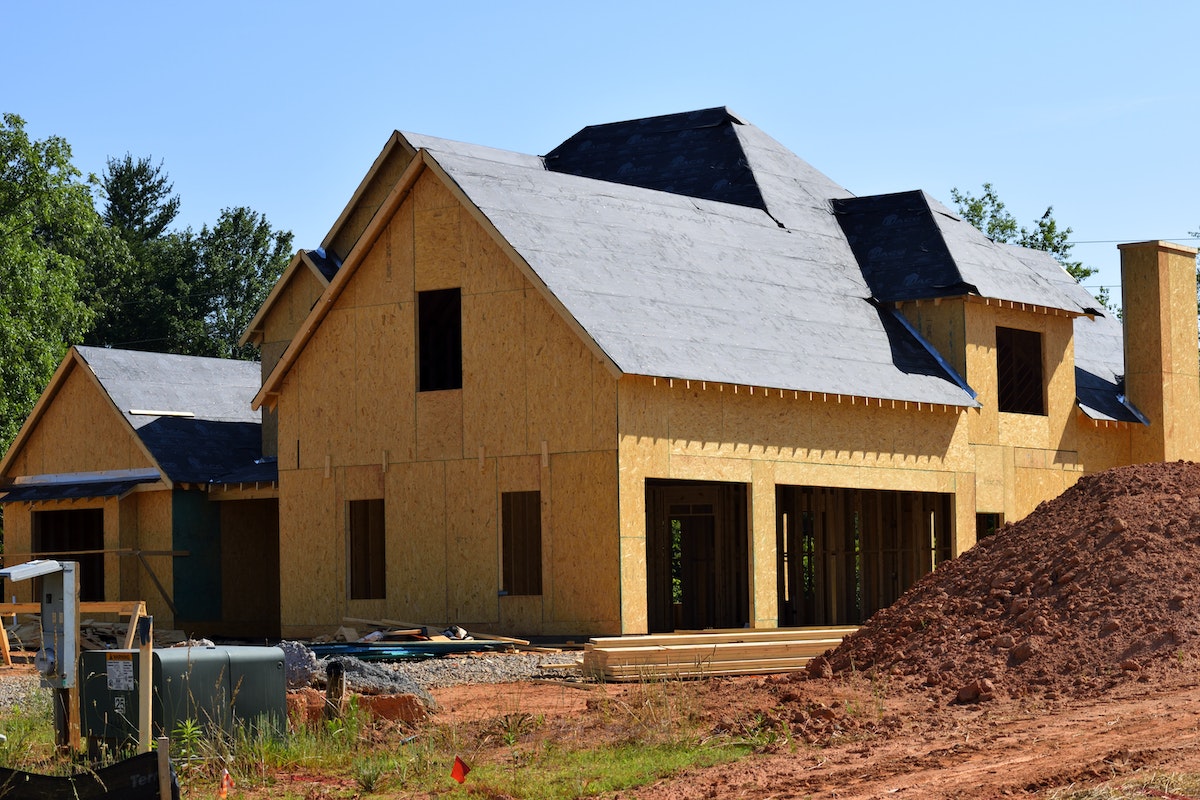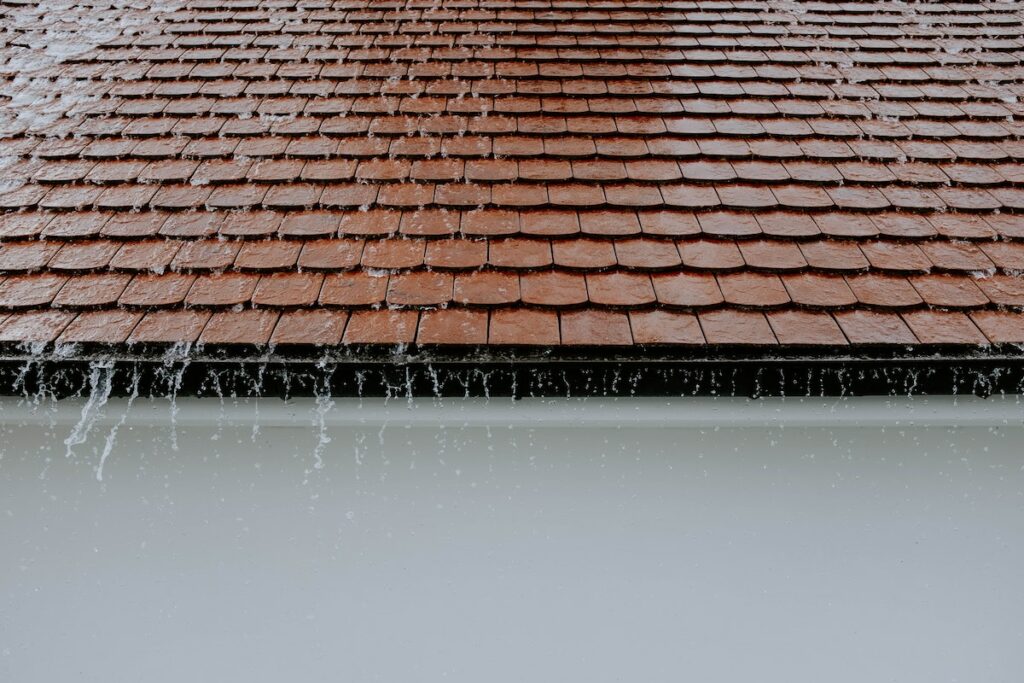Home insurance plays a crucial role in protecting homeowners from unexpected events that can cause damage or even total destruction to their property. It serves as a financial safeguard, providing reassurance and peace of mind. As of 2020, approximately 93% of homeowners in the United States had active insurance coverage, highlighting its widespread importance in securing homes and peace of mind.
The significance of home insurance cannot be overstated, as it offers reassurance that your property is shielded from various risks such as natural disasters, theft, and accidents. However, the most critical repairs homeowners must be prepared for involve roofing issues. A well-maintained roof is essential to protect the entire structure of your home and its inhabitants from external elements.
When it comes to roof replacement, navigating the process with insurance can be both daunting and advantageous. Having adequate insurance coverage can make a substantial difference in covering roof replacement costs, as such repairs can be significant investments. With insurance, homeowners can offset the financial burden of unexpected damages to their roofs.
Therefore, it’s essential to understand how to negotiate roof replacement with your insurance provider. By following these steps, you can ensure that your roof is in good condition and reduce the stress of financing such a significant investment.

Insurance For Roof Replacement
Different types of insurance policies may provide coverage for roof replacement, each with its own set of terms and conditions.
- Homeowner’s Insurance: The most common type of insurance that may cover roof replacement is standard homeowner’s insurance. This policy typically protects against various perils, such as hailstorms, wind damage, or falling debris. However, coverage limits and deductibles can vary significantly, and some policies may exclude certain types of damage or limit coverage for older roofs.
- Roof-Specific Insurance: Some insurance companies offer specialized roof-specific insurance policies. These policies focus exclusively on roof-related issues, offering more comprehensive coverage for repair or replacement. While these policies may have higher premiums, they can provide excellent protection for homeowners who prioritize their roof’s integrity.
When it comes to coverage limits, many insurance policies consider the age and condition of the roof. For instance, premium home insurance may offer full replacement coverage for a relatively new roof but a prorated amount for an older one.
Deductibles also play a significant role in insurance claims. Homeowners must pay the deductible before the insurance coverage kicks in. Opting for higher deductibles can result in lower premiums, but it also means that homeowners are responsible for a more significant share of the costs when filing a claim. This trade-off allows for potential savings but requires individuals to bear more financial burdens in the event of a claim.
To be eligible for roof replacement coverage, specific conditions must be met. Typically, the damage must be a result of a covered peril stated in the policy. Regular wear and tear or lack of maintenance are usually not covered.

Negotiating Roof Replacement With Insurance Coverage
Negotiating roof replacement with insurance coverage can be overwhelming for homeowners. Here are some tips to help you navigate the process:
- Assessing Roof Damage: When faced with potential roof damage, a thorough assessment is crucial. Factors such as the roof’s age, the type of damage (e.g., leaks, missing shingles), and the cost-effectiveness of repairs versus replacement must be considered. A professional inspection can help determine if roof replacement is necessary for adequate protection and longevity.
- Filing an Insurance Claim: Filing an insurance claim for roof replacement requires careful documentation. Homeowners should gather evidence of the damage, including photos and any relevant records. Contacting the insurance company promptly is essential, initiating the claim process and ensuring a timely evaluation. Doing so will help ensure that the claim is approved in the event of a covered peril.
- Dealing With Adjusters: Effective communication with insurance adjusters is critical to a successful claim. Understanding their evaluations and providing comprehensive evidence of the damage can help negotiate fair compensation for roof replacement. Keeping all communication documented is essential throughout the process. So, make sure to keep copies of any emails, letters, and other correspondence.
- Appealing a Decision: In the event of a claim denial or insufficient coverage, homeowners have the option to appeal. Providing additional documentation, expert opinions, and supporting evidence is crucial when challenging an insurance decision. A well-prepared appeal can increase the chances of obtaining the necessary coverage for roof replacement. You can even request a review by the state insurance commissioner if necessary.
Bottom Line
Negotiating roof replacement with insurance coverage requires homeowners to be proactive and well-informed. Assessing roof damage thoroughly, promptly filing an insurance claim with proper documentation, and effectively communicating with adjusters are critical steps in the process. By understanding coverage limits and conditions, homeowners can make informed decisions to safeguard their homes and investments. Emphasizing the importance of premium home insurance, this guide encourages homeowners to take the necessary steps to ensure a successful roof replacement process and protect their property against unforeseen roof-related challenges.

